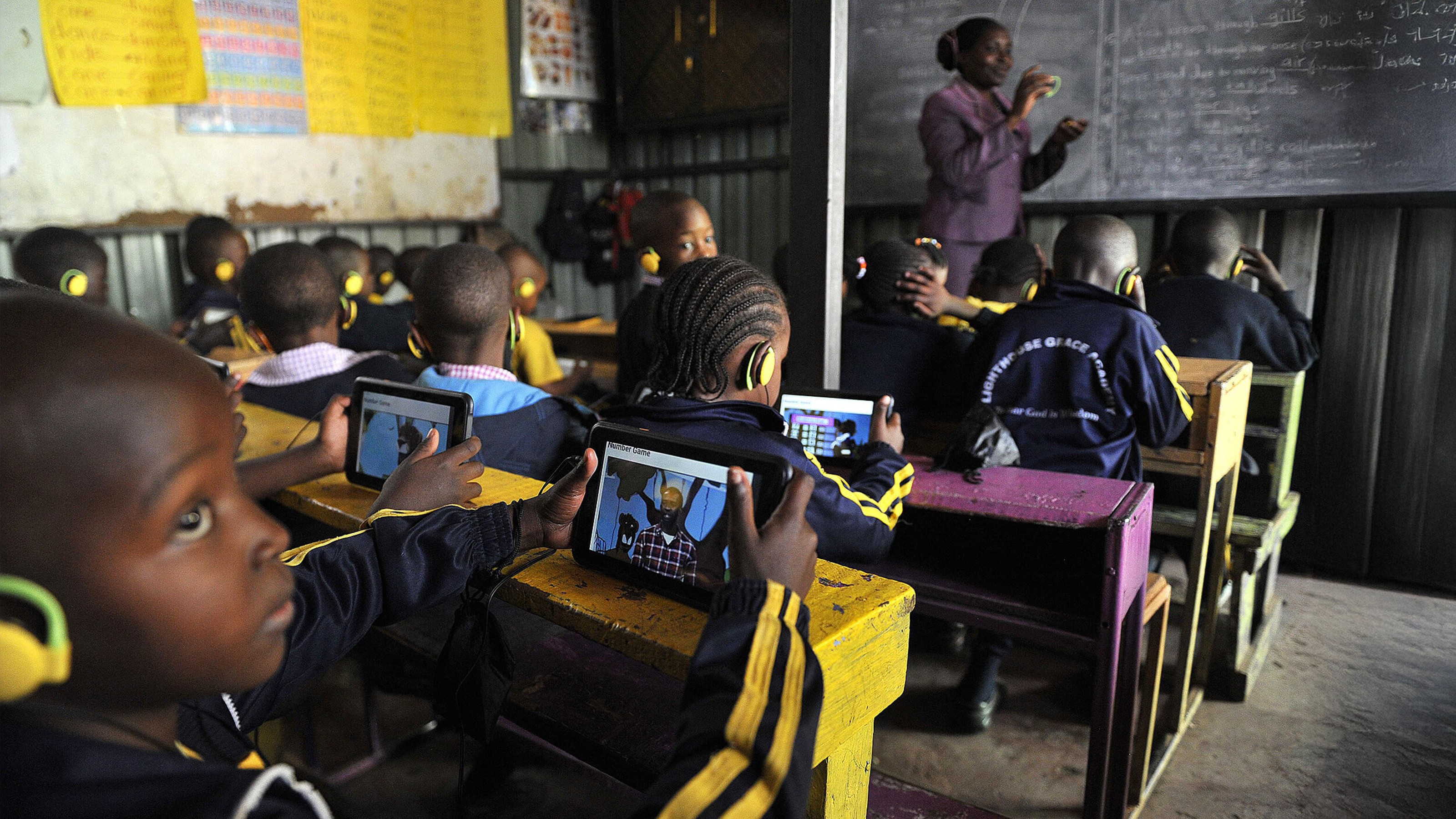The Founder of Teach For America on the state of education in the US.
Question: What is educational inequity and how has it changed over the years?
Kopp: The most salient lesson of our work is actually that we can solve this problem. Maybe it sounds a little trite, but I think… I mean, when I came to this, and I think I would speak for, you know, thousands of people who have joined Teach For America who’ve come to this feeling like the world should be a different way, you know? It isn’t fair that we have 13 million kids in our country who are growing up below the poverty line, who, you know, by the time they are in fourth grade are, you know, already three grade levels behind fourth graders in high income communities, half of whom will not even graduate from high school. The half who do who will have an eighth grade skill level. You know, one out of ten of our kids in low income communities will actually graduate from college, so we’ve all come to this saying this shouldn’t exist. Like, we have to do something about this. And I think what has happened to us is that we’ve come to realize not only should we do something about it, we actually could do something about it, and really, we could attain a world where all the kids in our country have the chance to attain an excellent education, and I think what’s led us to that, initially, was what we saw from initially a fraction of our core members who go into their own learning curves, figured out how to actually put their kids on a different trajectory. You know, so now, today, because we’ve learned so much from the initially small fraction of teachers who are affecting dramatic gains in their kids’ achievement, you know, we’ve learned a lot from them and have fed those lessons back into our training and support models, and they’ve reached a point where now many more of our teachers are extremely successful with their kids, and so, now, we see evidence across any sort of community, from remote rural areas to our hardest pressed urban areas, you know, at the elementary level, at middle school level, at high school level, we see just hardcore evidence that when kids are given the opportunities they deserve, they excel, you know, kids facing some of the greatest challenges of poverty in our country. So, seeing that at the classroom level, and now seeing through, you know, a number of our alums would teach very successfully and see their kids going off into nearby middle schools or whatever and would see that those schools weren’t giving the kids the opportunities, really, that they deserved to continue on the new trajectory, and that led a number of them to go out and pioneer these very high performing charter schools, you know, and there are many others in the country now as well who are, you know, growing this generation of schools in low income communities that are taking, you know, whole schools full of kids in low income communities and putting them on the track to graduating from college. And so, now, we see not only at the classroom level but at whole school levels that it is completely possible to do this. And so, whereas, you know, I think back to 15 years ago, you know, I think the public evidence we had that it was possible to take kids growing up in urban and rural areas and actually put them truly on a level playing field was the movie “Stand and Deliver.” Remember? You know, Jaime Escalante, the teacher in South Central Los Angeles who took a class of kids and got them to pass the AP Calculus exam? I mean, incredibly inspiring story, but I think, at some level, I think the movie served the purpose of making it seem like here was this one person who is, who’s just a hero, you know, and many, many people concluded that, you know, it’s something, you know, that we couldn’t figure out, like something magical or elusive about that teacher’s impact, and I think, you know, you could probably count on one hand, and even that is generous, the number of schools, 15 years ago, that were taking whole schools full of kids and putting them on a level laying field, and I just think, wow! You know, how far we have come in 15 years, where, you know, we ourselves, just within the context of Teach For America, and certainly they have many successful teachers outside of Teach For America, but we could point to hundreds of teachers who have affected just dramatic gains in their student’s achievement levels and we could explain exactly how they do that. We know today that there’s nothing magical and nothing elusive about attaining real success with kids in low income communities. You know, it’s about all the basics, you know. There’s no, there’s no way around the very hard work of getting it done, but there’s nothing elusive about it, and today there are thought to be 200 schools in low income communities that are really accomplishing this at a whole school level, so the conversation today is completely different, you know, whereas before we were trying to figure out can this be done on any sort of scale? Today, we know this can be done, and the question is really just, okay, how do we affect the system level changes necessary to truly ensure that all kids have access to teachers and schools that will put them on a level playing field.





